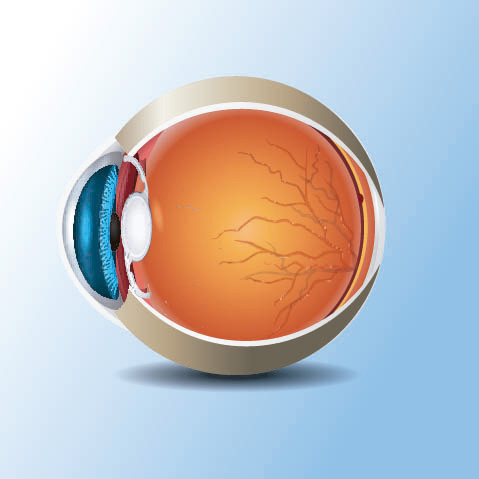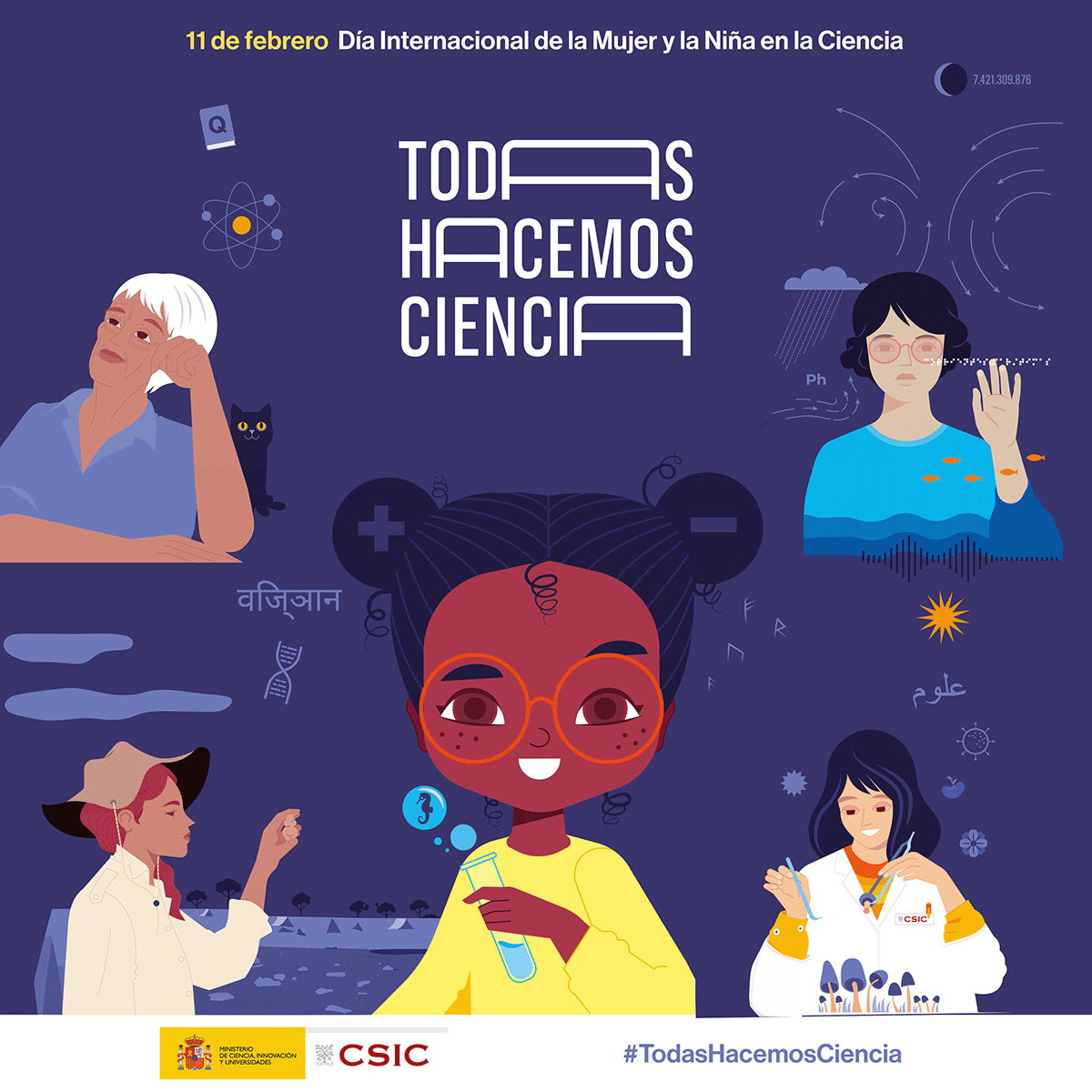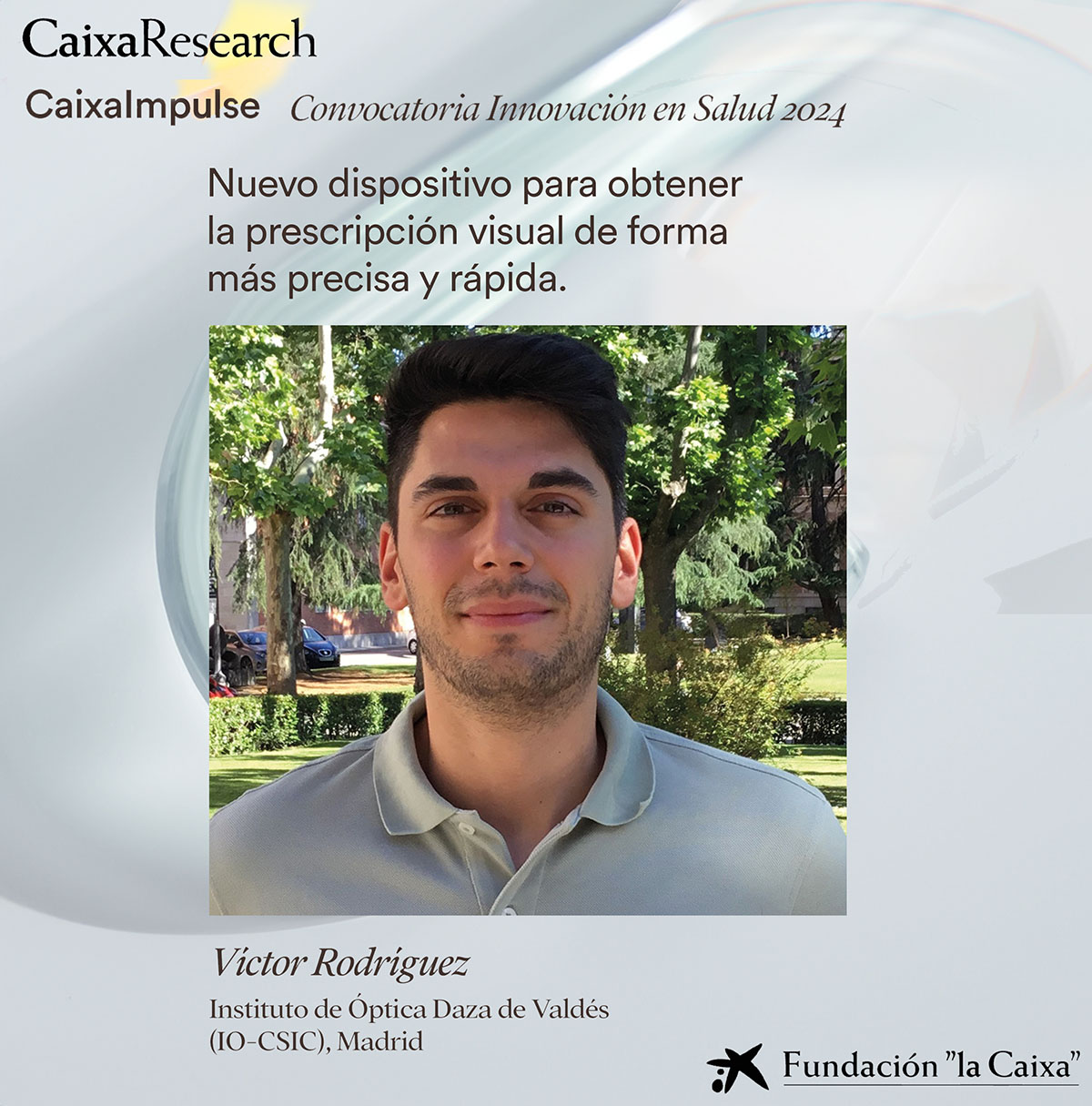IO-CSIC scientists successfully test their SimVis visual simulator on patients with cataracts before undergoing surgery

-
SimVis Gekko preoperative use , developed by researchers from the Institute of Optics (IO-CSIC), is viable to show patients what their vision will be like after surgery
Madrid / November 17, 2022
Researchers from the Institute of Optics (CSIC) have successfully analyzed the feasibility of visually simulating corrections of presbyopia in patients with cataracts before undergoing surgery. They have done so using SimVis Gekko technology, a portable simulator developed in 2019 by a team from the Institute of Optics (IO-CSIC), which is capable of realistically simulating the effects of different multifocal intraocular lenses (which allow seeing at different distances) before being implanted. The results are published in the journal Journal of cataract and refractive surgery.
Latest news

Multifocal lenses are used in cataract operations to replace the lens when it loses transparency or to correct presbyopia or tired eyesight. For this, there are different lens designs on the market and choosing one or the other depends on the tolerance and preferences of each patient. SimVis Gekko, a lightweight, autonomous and portable binocular visual simulator, eliminates these difficulties because the vision it provides can be equivalent to what they would have with an intraocular lens, or what is the same: the lenses are represented in the simulator.
In this new study, the IO-CSIC scientists, in collaboration with the company 2EyesVision and the ophthalmology service of the Hospital Clínico San Carlos, have evaluated in 24 patients who were going to undergo cataract surgery the correspondence between the simulations carried out carried out pre- and postoperatively. To do this, they analyzed visual perception with different simulated corrections through SimVis Gekko. After 15 of them underwent surgery with monofocal intraocular lens implantation, the same corrections were evaluated again, this time simulated without the effect of lens opacification.
“We have found that SimVis Gekko is very useful in providing a real visual experience to patients before surgery, so that they can show their preferences and guide healthcare professionals in the subsequent selection of the correction that results in optimal vision for the patient”, highlights Amal Zaytouny, CSIC researcher at the IO and one of the authors of the article.
In order to grade the level of lens opacification, the scientists measured the level of cataract objectively through the Ocular Scattering Index (OSI) parameter. Likewise, both pre- and postoperatively, they obtained the value of visual acuity and the patients scored their visual perception on a scale of 0 to 10, at distant (4 meters), intermediate (64 centimeters) and close (40 centimeters) distances. with four different types of intraocular corrections, all of them simulated with SimVis Gekko. Once intervened, the results were compared and the correspondence between the values found was studied.
Simulation of any type of intraocular lens
This work shows that the CSIC visual simulator can be a useful tool even when used in people with cataracts, since it allows simulating any type of intraocular lens and can provide an experience very close to the simulations tested in patients with crystalline lenses. transparent (no cataract).
The CSIC researcher emphasizes: “With this device, even those patients with lens opacification will be able to have a reference about which lens to implant, thus anticipating the result of the surgery before the intervention, eliminating uncertainty and increasing subsequent patient satisfaction.”
SimVis Gekko is commercially available and can be found in healthcare facilities in Europe and the United States. It is intended for ophthalmologists and optometrists as a tool to guide cataract surgery and realistically manage patient expectations.
The technology developed by this group of CSIC scientists is protected by three international patents owned by the CSIC, licensed to the company 2EyesVision S.L., a spin-off of the CSIC that emerged within the Visual Optics and Biophotonics Laboratory (VioBio Lab) of the CSIC.
Alda Ólafsson / CSIC Communication
Related news
Perceptual cost and benefit of presbyopia-correcting intraocular lenses: effect of energy balance, addition, and adaptation
The study shows that the subject's response to the different lenses is influenced by the adaptation process that precedes each test. The neural...
The Institute of Optics joins the celebration of 11F
Full and equal access and participation of women and girls in science and technology Madrid / January 31, 2025In recent decades, the international...
The SureVision research project has been awarded a Caixa Impulse innovation project, worth €500,000
Madrid / October 15, 2024Our colleague Víctor Rodríguez has managed to get his project SureVision to receive a €500,000 grant from the Caixa Impulse...




